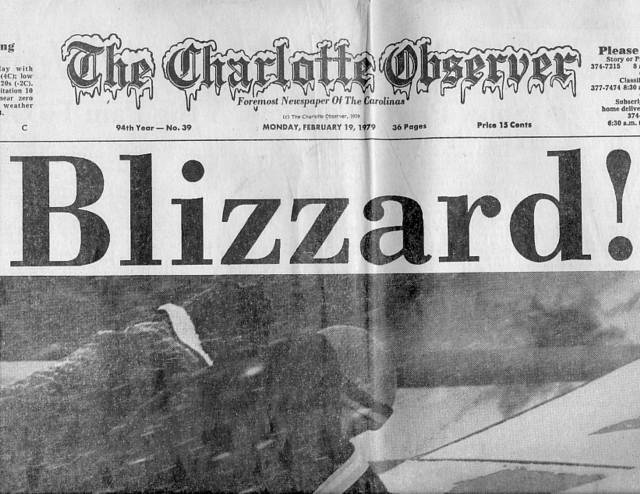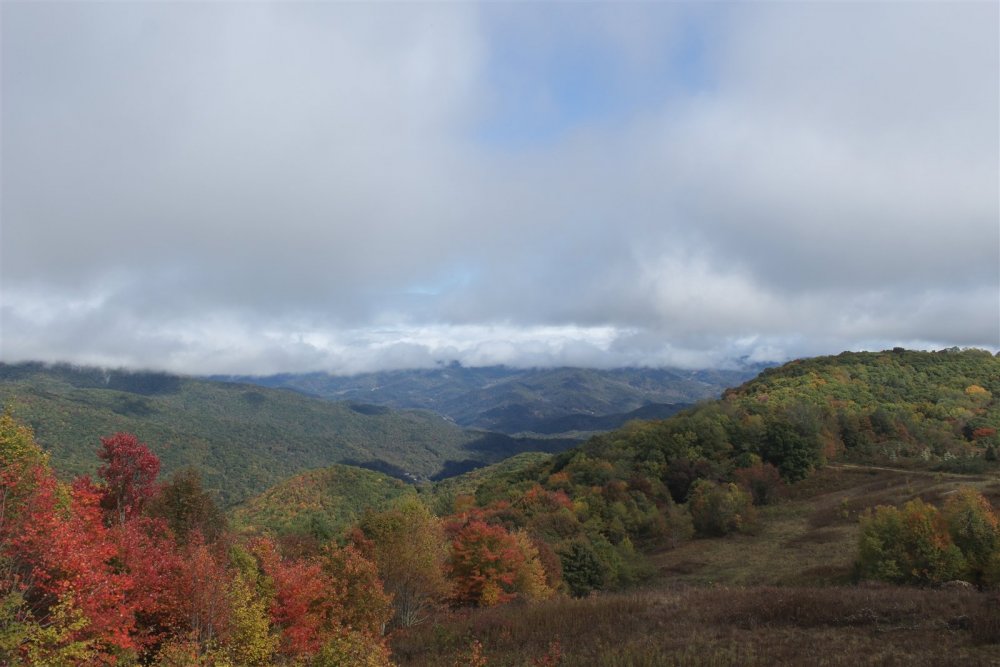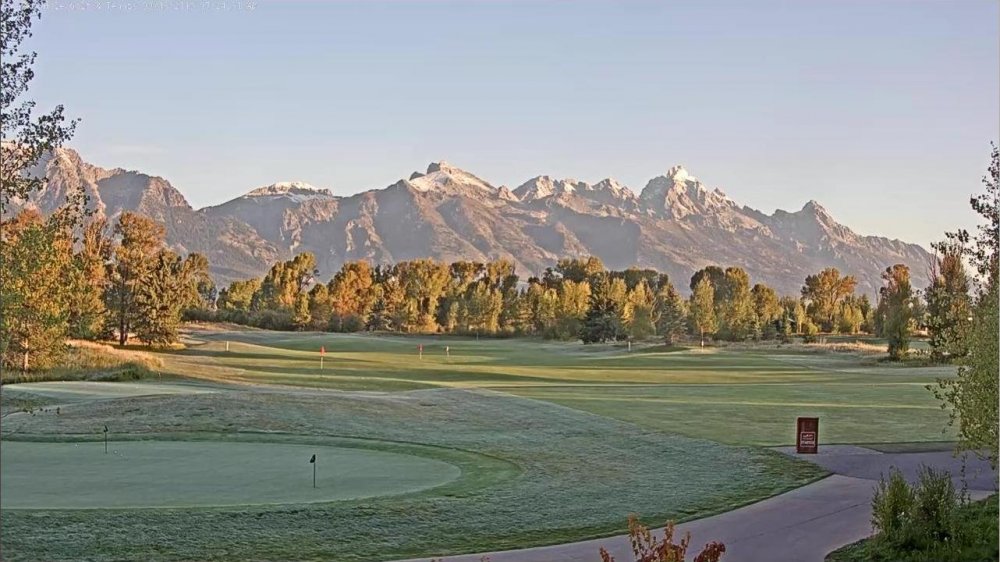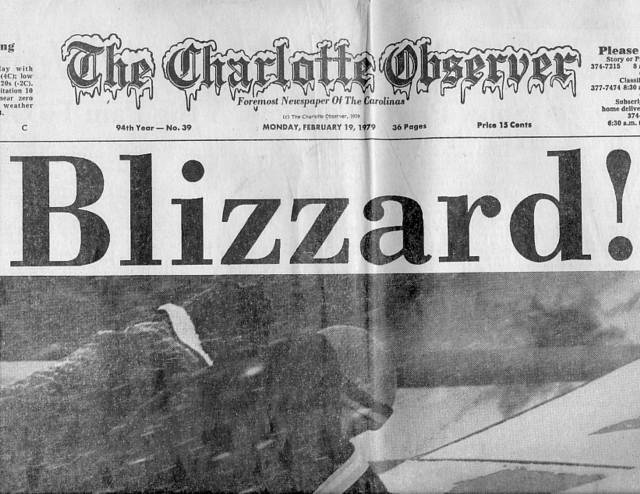-
Posts
100 -
Joined
About Eric

Profile Information
-
Four Letter Airport Code For Weather Obs (Such as KDCA)
KCLT
-
Gender
Not Telling
-
Location:
Charlotte, NC
Recent Profile Visitors
1,282 profile views
-
What an incredible roller coaster ride to go from temps in the low seventies on Friday the 16th to temps in the low teens with heavy snow on Sunday the 18th!
-
A winter wonderland at Jackson Hole Golf & Tennis Club. http://www.jhgtc.com/default.aspx?p=dynamicmodule&pageid=131&ssid=161&vnf=1
-

2019/2020 Mountains and Foothills Fall/Winter Thread.
Eric replied to Tyler Penland's topic in Southeastern States
-
I well remember the July 1980 heatwave. It was miserable staying in a room with no air conditioning at the Green Park Inn in Blowing Rock with temperatures in the low 90s. The only respite from the heat was an excursion to the top of Grandfather Mountain where even there the temperature was around 80°.
-
It's getting tiresome having to constantly read about the "Upper Ridge" in the NWS AFDs. It seems like it's now a year-round occurrence. Friday morning I was checking out the webcam at the Jackson Hole Golf & Tennis Club and I noticed frost on the putting green and driving range and a dusting of snow on the peaks of the Tetons. Would love to have a house there to escape the Southeast heat.
-
You have to go back to 2006 to find a September that was below normal in Charlotte. Back in the '80s and '90s I used to always do my fall lawn renovation during the second week of September. That changed in the mid 2000s.
-
Several years ago there was an episode of This Old House showing landscaper Roger Cook installing a tall fescue sod called "Black Beauty" at a project in Lexington, Massachusetts. Roger praised "Black Beauty" for its drought tolerance due to its deep roots. https://www.jonathangreen.com/product/black-beauty-blend-grass-seed.html
-
One of my favorite snowstorms. Hard to believe we are approaching the fortieth anniversary of that storm.
-
Check out Eric Webb's NC winter storm maps archive for 1935/1936. An incredible amount of snow fell across the entire state that winter. Monroe received 27" of snow. https://www.webberweather.com/1930s-winter-storms.html
-
Many thanks to you, @burgertime and others for the pbp with this storm. Well done guys!
-
For early December snowfalls in Charlotte that were 10" or greater, you have to go back to December 2, 1896 when the city received 10" of snow. Monroe, NC received 12" of snow and 16" of snow fell in Chester, SC from that same snowstorm. I believe one of the largest December snowfalls in North Carolina occurred in early December 1886 when over two feet of snow fell around Asheville.
-
David Ludlum in his book Early American Winters II 1821-1870 talks about the unusually warm winters in the Eastern United States from the mid to late 1820's. He said the climax of the warm period came in the winter of 1827-1828. During that winter, fruit trees in the South started blooming in January and were in full bloom by the first week of February. Peach and apricot trees in Pennsylvania were in full bloom by the third week of February. In addition to the warm temperatures, it was also an extremely wet winter(Super El Niño?). By March the circulation changed and polar air masses began to move southward with reports of snow falling as far south as coastal South Carolina during mid-March. During the first week of April a massive cold front(much like April 2007) swept through the South delivering a devastating freeze that killed all tender crops, as well as the pears and peaches. The warm winters of the 1820's ended with a return to snowy winters in the South during the 1830's. Departures From Normal for Charleston, SC during the winter of 1828. January +11.7° February +13.5° March +6.5°











